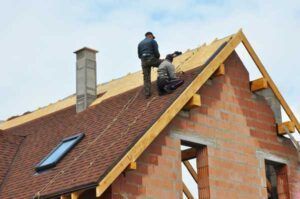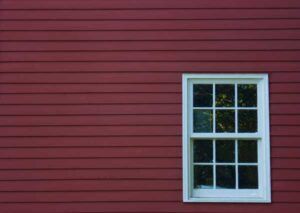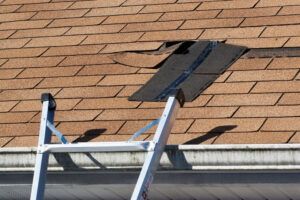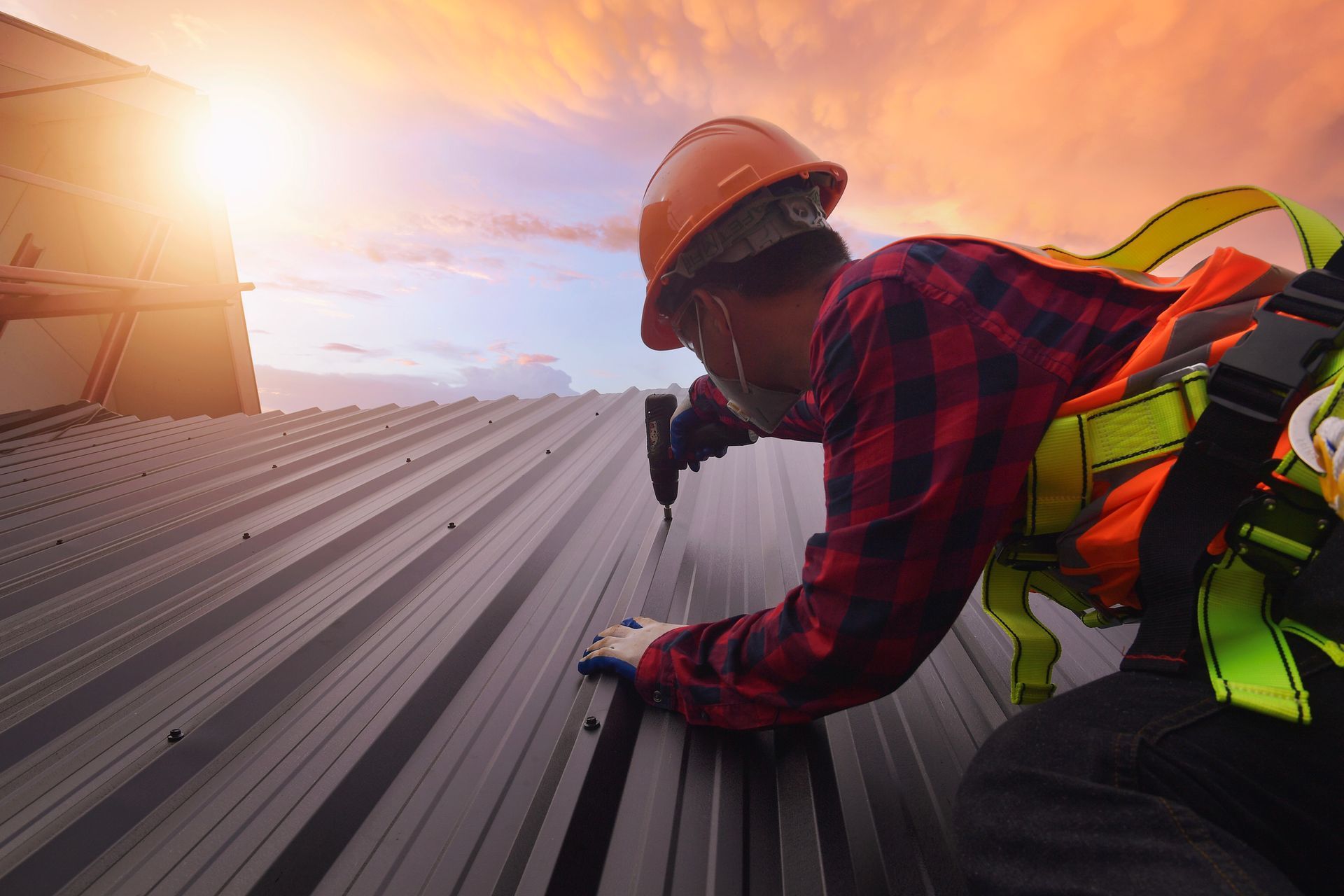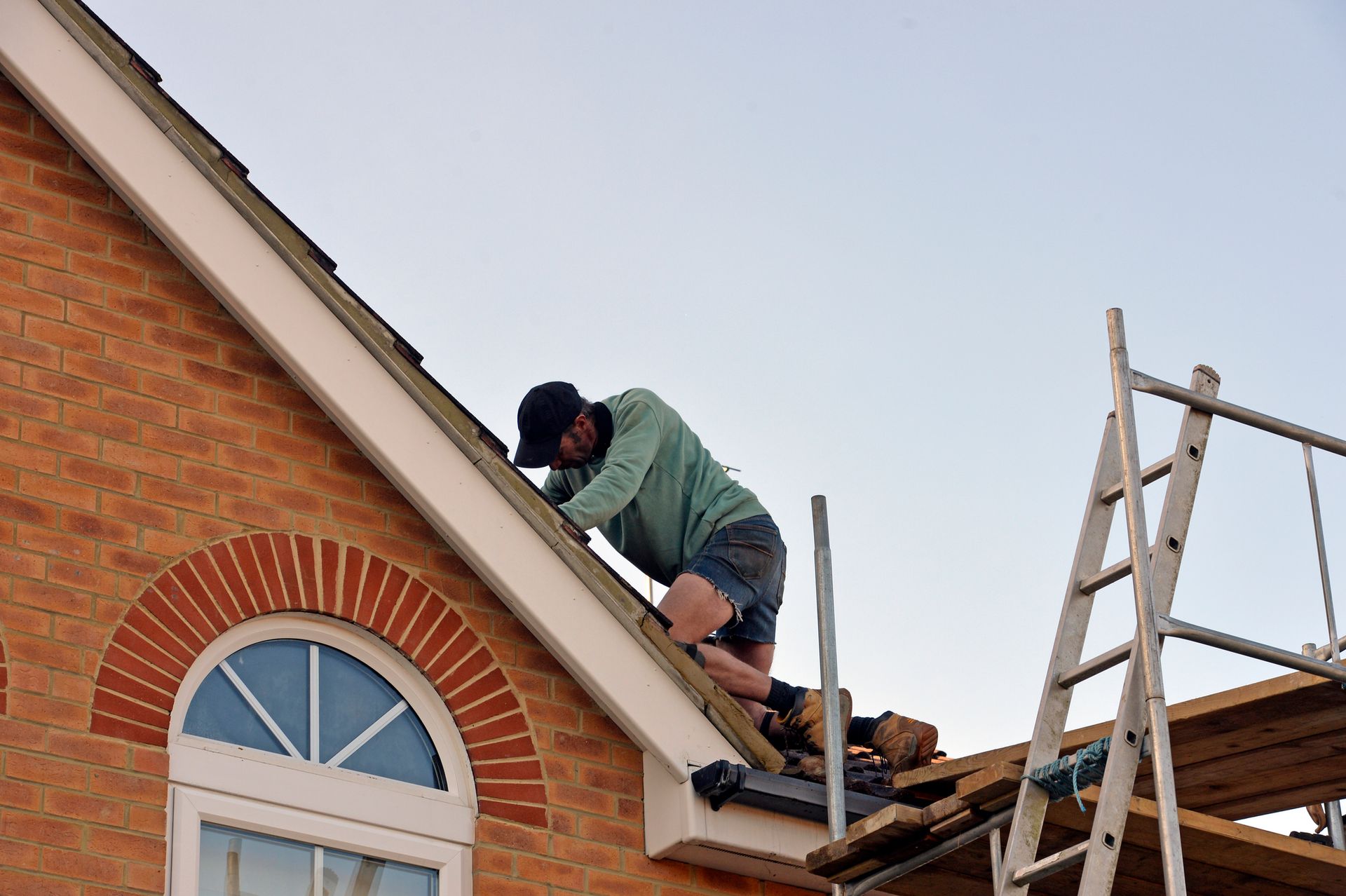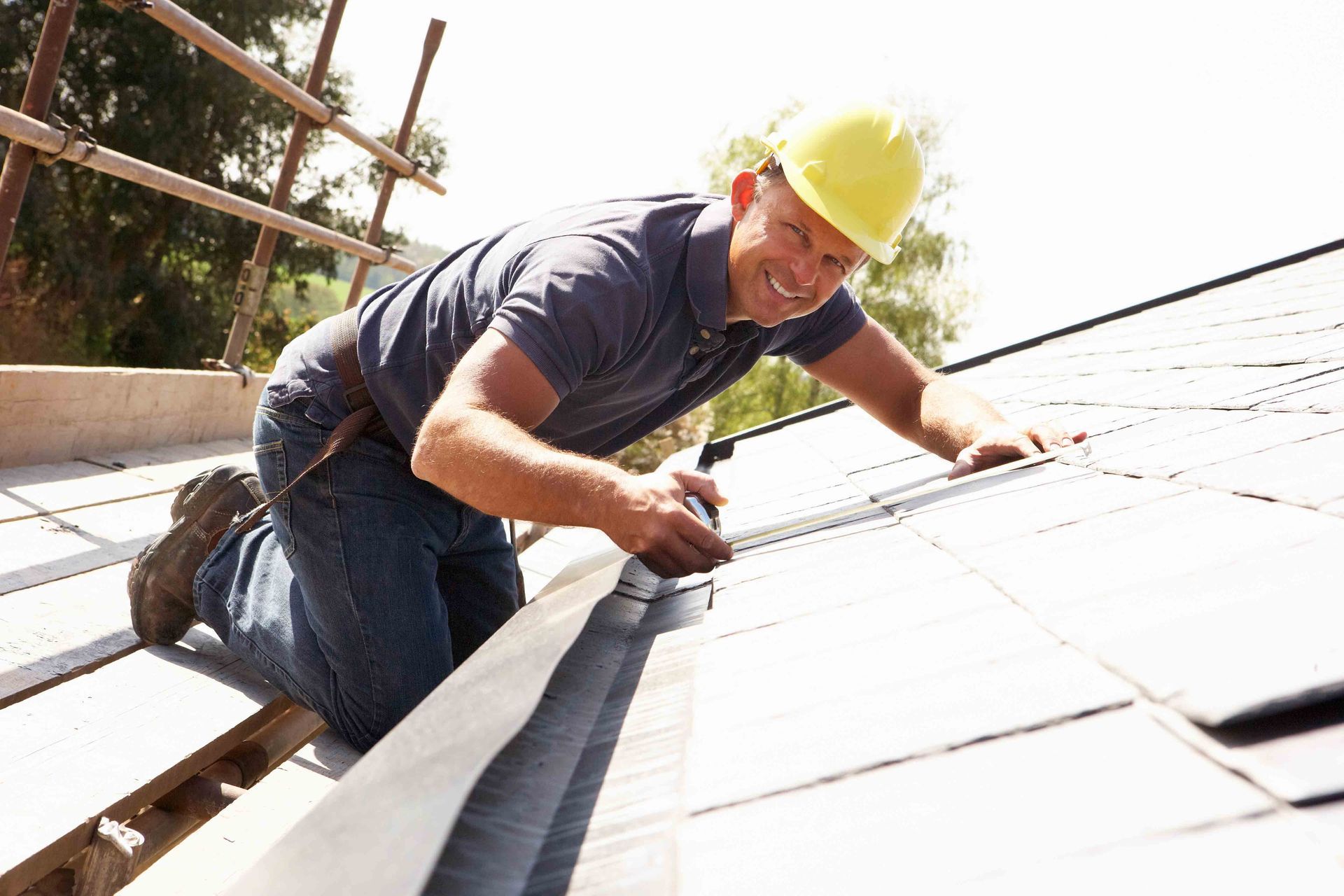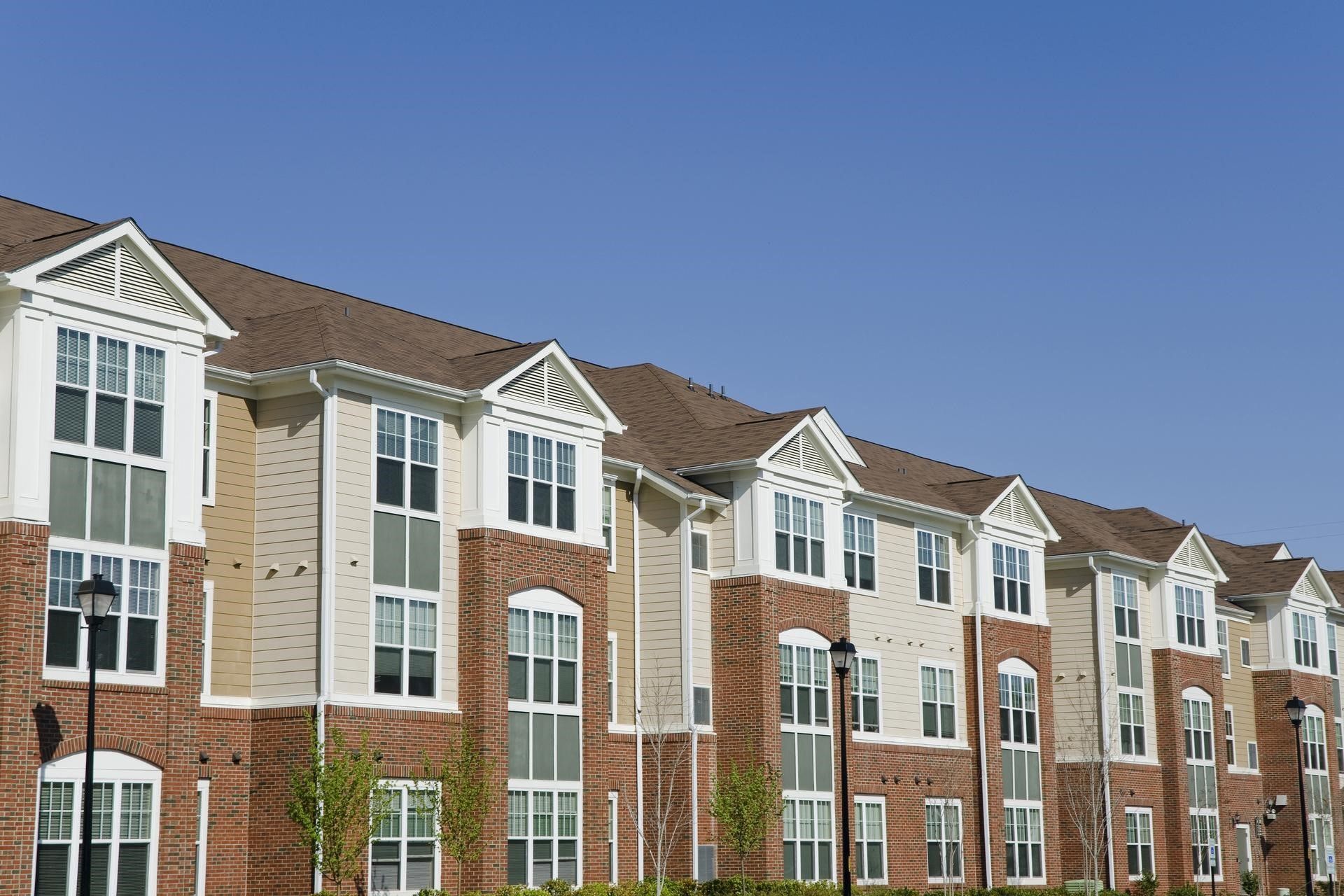Siding Damage: A Guide

Your home’s siding plays a key role in protecting your home and maintaining its curb appeal. However, over time, siding can sustain damage from various sources, such as severe weather, pests, and wear and tear. Recognizing siding damage early on and addressing it promptly can prevent further costly repairs down the line. In this blog post, discover how to recognize siding damage, how to address it, and when to contact professionals for help.
Know the Signs of Siding Damage
One of the most common signs of siding damage is visible cracks, holes, or warping in the siding. These issues are often the result of prolonged exposure to extreme weather conditions, such as hailstorms or strong winds, gradually weakening the material. Pest infestations, like termites, can also contribute to this damage over time.
Bulging or sagging siding may indicate water damage, likely from leaks or poor drainage systems. If left unattended, this water infiltration can create a breeding ground for mold, posing health risks and potentially leading to structural deterioration. Keep an eye out for discoloration, peeling paint, or loose siding panels, as these subtle signs could hint at more significant underlying damage that needs prompt attention to prevent further deterioration.
Address Siding Damage
If you notice any of the signs mentioned above, address the damage promptly to prevent further issues. Start by inspecting the damaged area closely to determine the extent of the damage. Check for any underlying causes that may have led to the damage, such as water leaks or structural issues.
For minor cracks or holes, you can use caulk or sealant to seal the area and prevent water infiltration. Ensure that the surface is clean and dry before applying the caulk for optimal adhesion. For more significant damage, such as large holes or warping, you may need to replace the damaged siding panels entirely.
Consult a professional if the damage is extensive or if you are unsure about the repair process. Follow the manufacturer’s instructions and safety guidelines when repairing or replacing siding to ensure a safe and effective solution.
Contact Professionals
While some minor siding repairs might be possible do-it-yourself projects, recognize that more extensive damage might necessitate the skills of professionals in the field. If you find yourself uncertain about the severity of the damage or the appropriate course of action, reach out to a siding repair specialist for a thorough assessment.
Moreover, if you happen to observe any indications of water damage, mold growth, or structural concerns, seek professional assistance. Neglecting these warning signs could result in expensive repairs and potential safety risks in the future.
Prevent Siding Damage
To prevent potential damage to your home’s siding in the future, prioritize regular maintenance. Ensure your siding stays in top condition by cleaning it with a gentle detergent and water solution, paying close attention to any signs of wear or harm during at least an annual inspection.
Furthermore, safeguard your siding by trimming trees and bushes surrounding your property to avoid any branches causing scratches or harm. invest in high-quality siding materials known for their durability and resilience against adverse weather conditions.
In conclusion, maintaining your home’s siding is an essential part of homeownership. By doing so, you can protect your home from costly repairs and preserve its curb appeal. With proper care and maintenance, your siding can continue to shield your home from the elements and enhance its overall aesthetic appeal.
To learn more about siding damage, contact our company today. We will be happy to look over your siding, recommend various options, and provide you with the best siding possible for your home.
The post Siding Damage: A Guide appeared first on D.S. Bahr Constraction, Inc.

